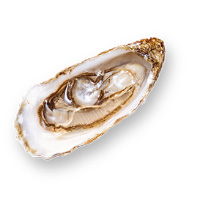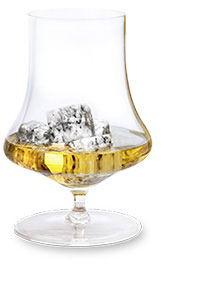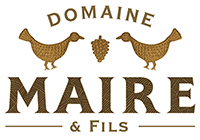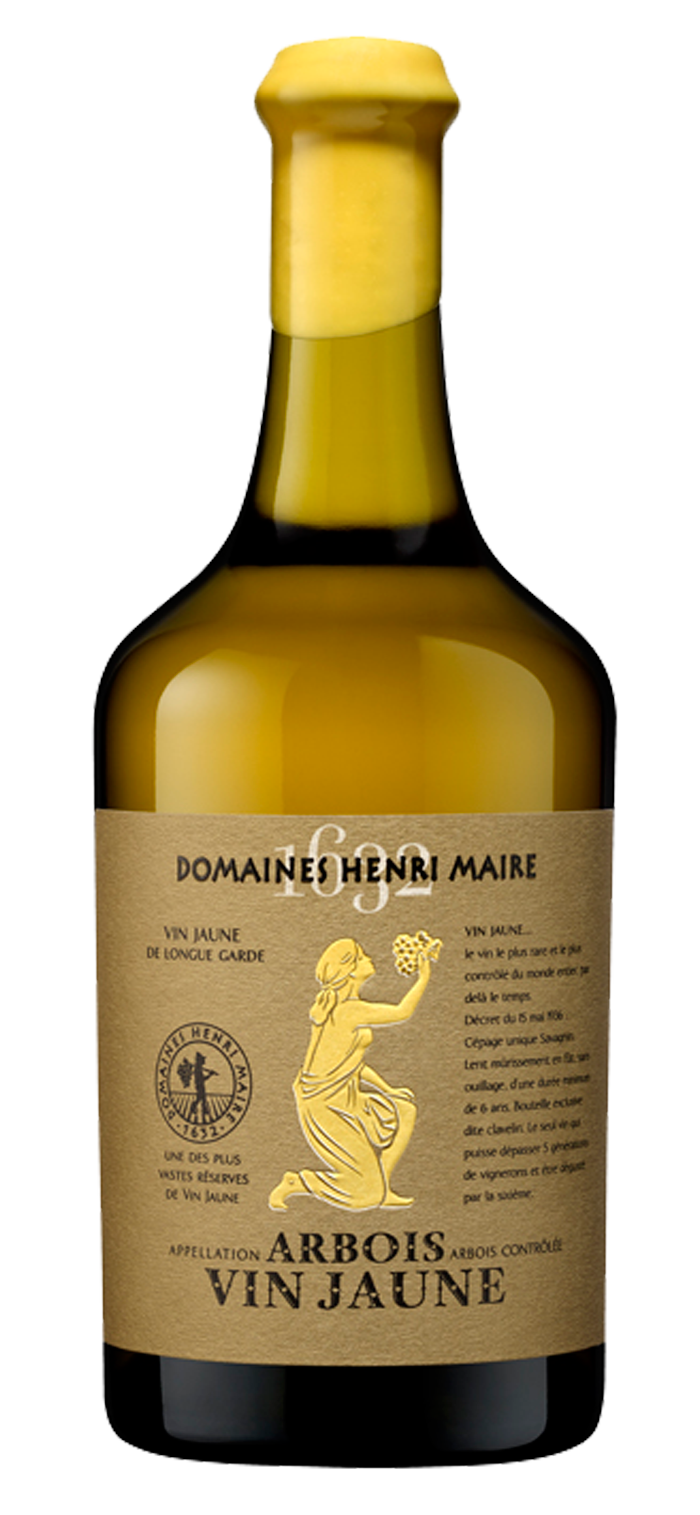Vin Jaune undergoes a specific ‘film’ maturation technique to produce its priceless nectar
ARBOIS VIN JAUNE
Vin Jaune & oysters

Great wines have memory! And the Vin Jaune’s memory is amazing! It remembers the oceans that covered the Jura region millions years ago: iodized memories, with dreams of ancient marine sediments that surface at the heart of this great wine’s minerality. Pairing oysters and Vin Jaune is the promise of strong, organic and original accords.
Vin Jaune 'on the rocks'
 The glacial effect of a granite ice-cube will recall the mineral, dry character of the Jura, and avoids any dilution, preserving the integrity of the wine and underlining the incredible complexity of its aromas.
The glacial effect of a granite ice-cube will recall the mineral, dry character of the Jura, and avoids any dilution, preserving the integrity of the wine and underlining the incredible complexity of its aromas.
Plot #1
The vines benefit from all orientations and are located on a hillside with steep slopes.The shallow soil rests on the mother rock, ideal soil which gives the grapes different ripeness for a beautiful complexity.Plot #2
The vines oriented South East, allow the grapes to ripen under the best conditions. Late variety, the Savagnin offers a nice balance between sugar and acidity, necessary for the elaboration of the Vin Jaune.Arbois Vin Jaune comes from a selection of our best plots and terroirs in Arbois & Pupillin.
The Guyot double size is necessary for the Savagnin to better control its performance. The restructuring of the vines contributes to the harmony of our cuvée: the young vines bring the exuberance, the freshness and the acidity. While the older specimens bring the structure and character of the Vin Jaune.
![]()
These barrels rest quietly in our cellars, marked by high thermal amplitudes (between 10° and 23°C) and very dry atmospheres to juggle between finesse and power! Our barrels selection was carried on oak barrels of 5 wines minimum so as not to give 'woody' to the wine. Rich in yeasts and micro-organisms they promote the formation of the veil. Their capacity of 228L, offer the best volume ratio of wine and surface exchange with air to ensure the development of the veil and the specific aromas of this wine.
It is thus aged at least 6 years and three months, without intervention, but with a regular follow-up and an attentive eye. This process, which respects the natural evaporation of the wine, causes the creation of a thin film of yeasts on the surface. The one which patiently nourishes the wine of the famous "yellow taste": complex aromas of walnuts, hazelnuts, almonds, spices ...At the end of its ageing, the resulting nectar is bottled in 62-centilitre (volume of a litre of savagnin remaining after maturation) ‘clavelins’ - bottles specially designed for this wine.

